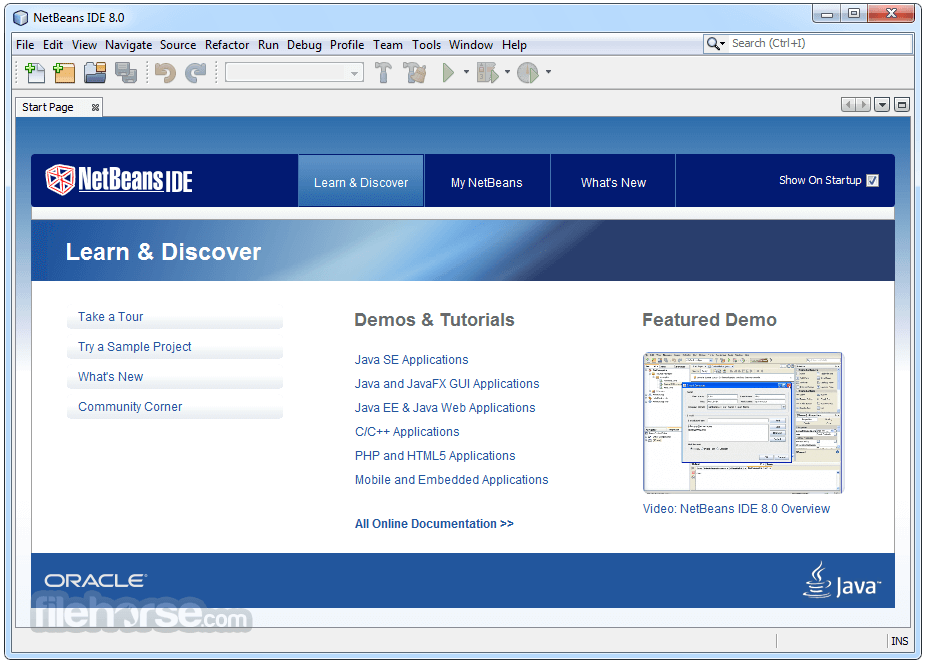An overview of the Windows CE 6.0 Boot Process Peripheral support included in Windows CE 6.0 How to install the tools necessary to develop applications that run under Windows CE 6.0 How to start developing applications How to use the Hardware API functions supported under RE2 Windows CE 6.0 initialisation and booting overview. The Windows Embedded CE 6.0 Platform Builder Service Pack 1 Tools helps address some areas of the Windows Embedded CE 6.0 toolkit impacted by Windows Vista™ enhancements and also helps improve other aspects of the toolkit. Windows Embedded CE 6.0 is a set of tools and technologies that you can use to create real-time operating system for a wide range of small-footprint consumer and enterprise connected devices. You can use Windows Embedded Compact to create operating systems for devices based on X86, ARM, MIPS, and SH4 architectures.
Windows Automotive
Windows CE for Automotives (WCEfA) based on Windows CE, adapted for the specific requirements of the automotive industry for use in motor vehicles. This requirements are parallel access to the hardware, more stringent standards to the stability, security and response times. It supports a variety of processor architectures. Car manufacturers like for example Ford, Fiat and Kia integrate this operating system into different car models for offering services such as navigation, entertainment, communications and more.- 32-bit real-time operating
- Kernel with protected memory areas
- short boot time
- < 10 ms Interrupt time (depending on CPU)
- supports .NET based on Windows CE
- voice controlled software
- various web services
- Win32 API, SAPI v5.0 (Speech API)
- High performance graphic support, DirectX® API and GDI subsystem
- DirectShow API supports Windows Media audio, MP3 and DVD
- driver diversion-control
- extended error report system, information collection for the diagnosis
- APM (Advanced Power Management) process monitoring
- transaction save file system (TFAT)
- Bluetooth 1.1, IPv6, IEEE 802.11 and 802.1x
- Messenger RTC/SIP client, VoIP, IEEE 1394 and MOST support
- Internet Explorer web browser
Windows Automotive 5.0 based on the Windows CE 5.0 operating system. By AUITK (Automotive User Interface Toolkit), the user interface can be efficiently adapted to the particular vehicle model. The Automotive System Toolkit (AST) provides the tools to optimize the performance by CPU management, diagnostics and fault monitoring.
Microsoft Auto 3.0 based on the Windows Embedded CE 6.0. It offers voice-based interaction with the user, the use of USB storage media, locating by GPS and secure updates of the operating system and software. Mobile devices can be connected via Bluetooth.
It is used for the technologies of Ford SYNC, Fiat Blue&Me and Fiat Blue&Me MAP. Ford SYNC since autumn 2007, a build-in communication and entertainment system for 12 different car models from Ford, Mercury and Lincoln. From end of 2009, Ford plans to equip all car models with SYNC. As hardware an Advanced RISC Machine (ARM) 11 processor, 64 MB RAM and 256 MB of flash memory is used. The USB port can be used to install updates of the device support.
Fiat use Microsoft Auto for the Blue&Me infotainment system and Blue&Me MAP navigation system. With the additional program EcoDrive the driver can even record his driving behavior onto a USB stick and evaluate it later for economical reasons on the computer.
Windows Embedded Ce 6.0 Tools Tool
Microsoft Auto 3.1 setzt auf das aktualisierte Betriebssystem Windows Embedded CE 6.0 R2. Es enthält ein neues Sicherheitsmodell für Anwendungen und das Betriebssystem. Die Signierung von Programmcode soll die Ausführung von unsignierten Programmen verhinden. Die Entwicklungs-Tools umfassen den Platform Builder 6.0, Visual Studio 2005, Microsoft Auto 3.1 Platform Development Kit und die Referenz-Hardware.
 Reference hardware:
Reference hardware: - CPU: Freescale i.MX31, 16/32 bit RISC processor, with each 16 KB instruction and data cache
- 128 KB second level cache
- Security controller, including secure RAM and security Monitor
- 256 MByte NAND Flash 8/16 Bit
- 64 MB DDRAM
- 100 Mbit/s Ethernet interface
- USB 2.0 interface, High-Speed up to 480 Mbit/s
- Bluetooth 2.0 compatible
Microsoft Auto 4.0 based on Windows Embedded CE 6.0 R2. The operating system is supporting Intel iA86, SH4-based processor (SH7785), Freescale i.MX 31 and i.MX 35, Texas Instruments Jacinto and a variety of other processors which use ARM v4, SH4 and x86 instructions.
Windows Embedded Ce 6.0 Tools Pdf
1999 Oct. - Microsoft Auto PC 2.0, code name Goldeneye, Windows CE 2.12
2000 Oct. - Windows CE for Automotive 3.0, based on Windows CE 3.0
2002 April - Windows CE for Automotive 3.5, based on Windows CE 3.0
2003 March - Windows Automotive 4.2, based on Windows CE .NET 4.20
2005 July - Windows Automotive 5.0, based on Windows CE 5.0
2008 - Microsoft Auto 3.0, based on Windows Embedded CE 6.0
2008 Nov. - Microsoft Auto 3.1, based on Windows Embedded CE 6.0 R2
2009 May - Microsoft Auto 4.0, code name Bristol, based on Windows Embedded CE 6.0 R2
2010 - Microsoft Auto 4.1, code name Motegi, based on Windows Embedded CE 6.0 R3